From connoisseurs to intro-level sippers, this Whiskey Gift Buying Guide will make holiday shopping a breeze and put smiles on faces!
Twenty years ago, you could go holiday shopping at your local liquor store and make a quick pick from just a handful of whiskies. Head down those same aisles today and you will find yourself walking in a Whiskey Wonderland. It’s a whiskey lover’s dream!
Well-known names from Kentucky to the Scottish Highlands have exciting new offerings, while innovative craft distillers have joined the party from coast-to-coast and around the globe.
Need some help making the perfect holiday pick? Every good liquor store has an expert ready to assist. However, before you go shopping, let me answer some frequently asked questions about the Wonderful World of Whiskey.
WHISKEY GIFT BUYING GUIDE
Like this recipe? Pin it to your COCKTAIL board!
Follow Real Housemoms on Pinterest
What type of Whiskey should I buy?
With so many options, selecting the style of whiskey you want to purchase is a good first step. Many buyers ask: “Should I buy bourbon or whiskey?” Bourbon is a type of whiskey that can be made only in America. The distiller must use more than 50% corn in the recipe for a whiskey to be classified as bourbon.
There are other criteria, but if you want the technical details, I highly recommend a trip along Kentucky’s Bourbon Trail, where you can see the process up close and learn from the experts.
The corn gives the whiskey a sweeter flavor than the other popular North American style, rye whiskey. Think of cornbread and rye bread; their sweet versus spicy characteristics mirror the differences between bourbon and rye.
The Eastern United States and Canada is home to several great rye whiskies. And while Kentucky is bourbon’s homeland, new bourbons are arriving on shelves from Illinois, Texas, Wyoming, and elsewhere.
Across the pond, you’ll find Scotch, a whisky that can be made only in Scotland. (And over there they drop the “e” in Whisky.) If you pick up a bottle of Single Malt Scotch, such as Glenfiddich or Glenlivet, the recipe is 100% malted barley.
Many Scottish distillers use peat to give their Scotch a smoky flavor. That smokiness is beloved by connoisseurs but can be off-putting to first-timers. Heavily-peated Scotches, such as Laphroaig, are a potent and acquired taste, so buy accordingly. Whiskies from Ireland, Japan, and India are also great for filling your spirit passport.
Finally, there are flavored whiskies. Dedicated whisky drinkers may take a hard pass on these, but if your recipient has a sweet tooth, try Crown Royal’s flavor series. The group includes apple, peach, and salted caramel flavored whiskies, and CR’s iconic drawstring bag always makes for a stylish gift.
How Do You Drink Your Whiskey?
Is your recipient a mixologist in the making or do they enjoy the simple pleasure of sipping their whiskey either neat or on the rocks?
If you are buying for a home bartender, fun accompaniments such as bitters, cherries, and craft cocktail syrups, along with a $20-25 bottle of whiskey make for a great gift bundle.
Like whiskey, fun new craft bitters are available in several stores and online. Check out Fee Brothers Bitters for an extensive collection of creative flavors.
Luxardo Cherries, which you can find behind the bar in fancy cocktail lounges, cost around $18 a jar, but are a much better choice than those neon-red Maraschino cherries at the grocery store. Save those guys for ice cream sundaes.
If the whiskey lover in your life is a neat or rocks sipper, a set of crystal whiskey glasses is a great gift pairing. You can even go so far as to get them a special ice cube mold for that perfect glass of usisce beatha. (That’s “water of life” to you and me.)
Scotch whiskey drinkers should absolutely have a set of Glencairn glasses. They have a curved shape that actually does enhance the experience.
What Should I Look for On the Label?
Once you pick your whiskey style, check the proof on the label, which can range from 85 to 130 proof. Some phrases on a bottle of whiskey are just fluff, but others offer clues as to what is inside the bottle:
- Bottled in Bond: A pre-Prohibition era standard of quality, these bourbons are always 100 proof and aged at least four years.
- Single Barrel: A bourbon or rye is often the product of several barrels blended together. The exception is single barrel whiskies, which are just as the phrase describes. While the taste difference may be minimal, a unique barrel makes for a unique finished product.
- Barrel Strength (or Cask Strength): Whiskies come out of the barrel at 120-130 proof, and the distiller adds water to achieve the preferred strength. Barrel strength whiskies go from barrel to bottle with no added H2O. While they come out hot, you can add water or ice yourself to achieve a preferred strength. These have become some of the most popular whiskies of 2020.
- Port Wine or Rum Cask Finish: Whiskey is aged in barrels, and often those barrels were used for another spirit first. From Caribbean rum to Sherry and port wine there is You should not expect run-flavored whiskey, though. The flavor notes that come from the barrel are unique yet subtle.
How much should I spend on a nice whiskey?
There is a whiskey for every budget, with nice bourbons available for $20-30. Exported Single Malt Scotch is a wee bit pricier, with bottles starting at $35-40. Older, rarer whiskies can be found for well over $100 and even $1,000. Unless you are looking for a jaw-dropper purchase that you know your recipient will love, stick to whiskies priced under $60.
If you are still stumped, a mini bottle of Jack Daniel’s or Johnnie Walker with a gift card that reads “The next bottle is on me. Cheers!” is a nice way to let the recipient shop for themselves.
Which Whiskies Do You Recommend?
Now that you know how to shop, here are some of my favorite whiskey bottles. They’re organized by price, with the least expensive first. More expensive does not always equal better, though.
- Early Times Bottled in Bond Bourbon: Great for mixing drinks. Won’t break the bank and a great introductory whiskey to this style.
- Wild Turkey 101: Easy to find and a great value. The legendary Russell family, which includes three generations of distillers, knows as much about bourbon as anyone on earth.
- Knob Creek Smoked Maple Bourbon: I’m not a fan of flavored whiskies, but Knob Creek is a personal exception, with an aroma that brings pancakes and bacon to mind.
- Glenfiddich Bourbon Barrel Reserve 14 year old Single Malt Scotch: The second level in Glenfiddich’s Scotch family tree, the 14-year-old is aged in bourbon barrels, marrying the two styles of whiskey together.
- Woodford Reserve Double Oaked: One of my favorites for sipping, this bourbon has a deep flavor that’s reminiscent of red wine.
- WhistlePig PiggyBack Rye: Prices on WhistlePig’s rye whiskies tend to run high, so this 6-year old rye was introduced as an everyday alternative.
- Johnnie Walker Blue Label: $160-200 is a lot for a 750ml bottle of Scotch, but even casual whisky drinkers know there’s something special about this symbol of luxury. If you can afford to splurge, this is the bottle for wowing your friends.
Feel free to add some of your favorites in the comments. Have fun shopping and have a fun and safe holiday season!
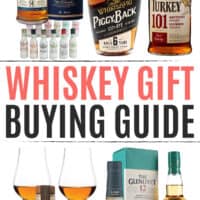
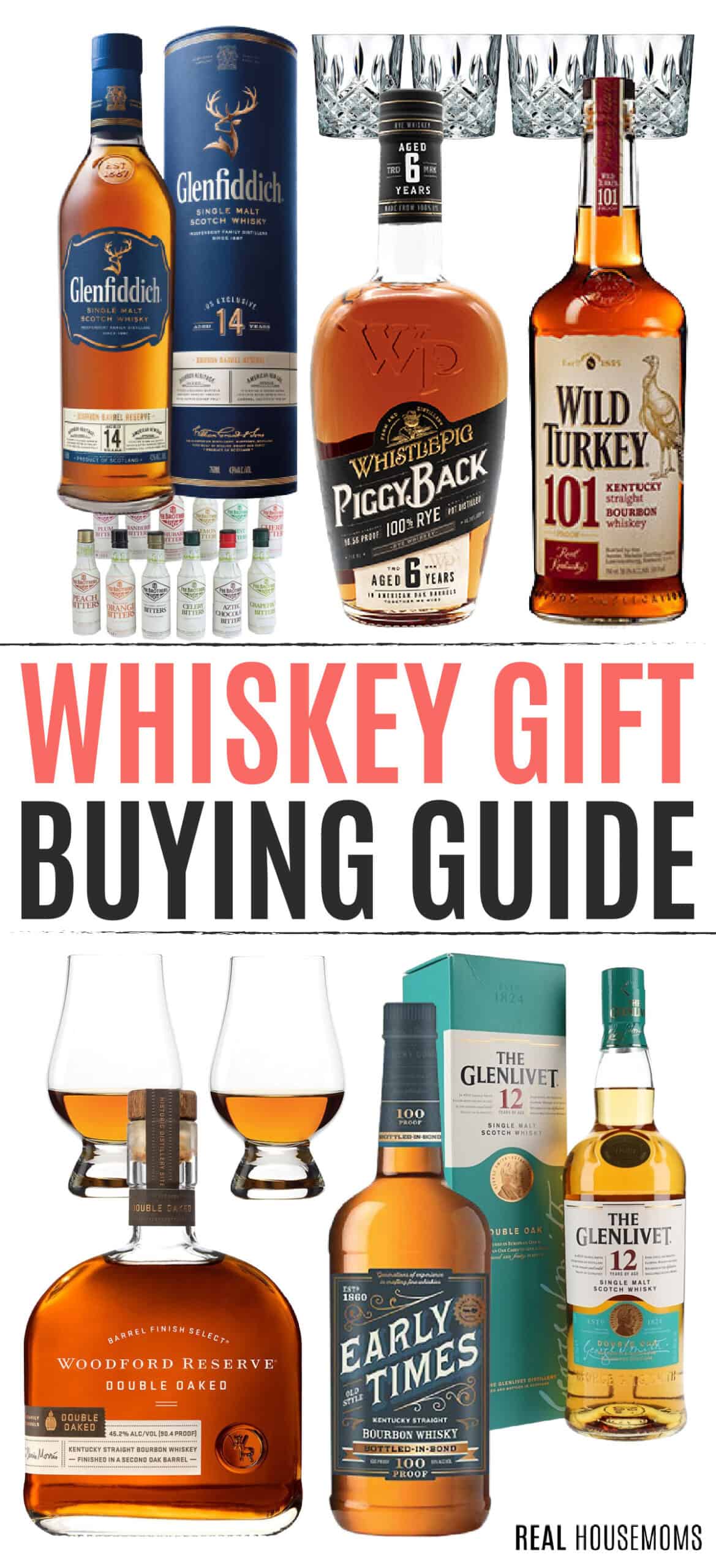
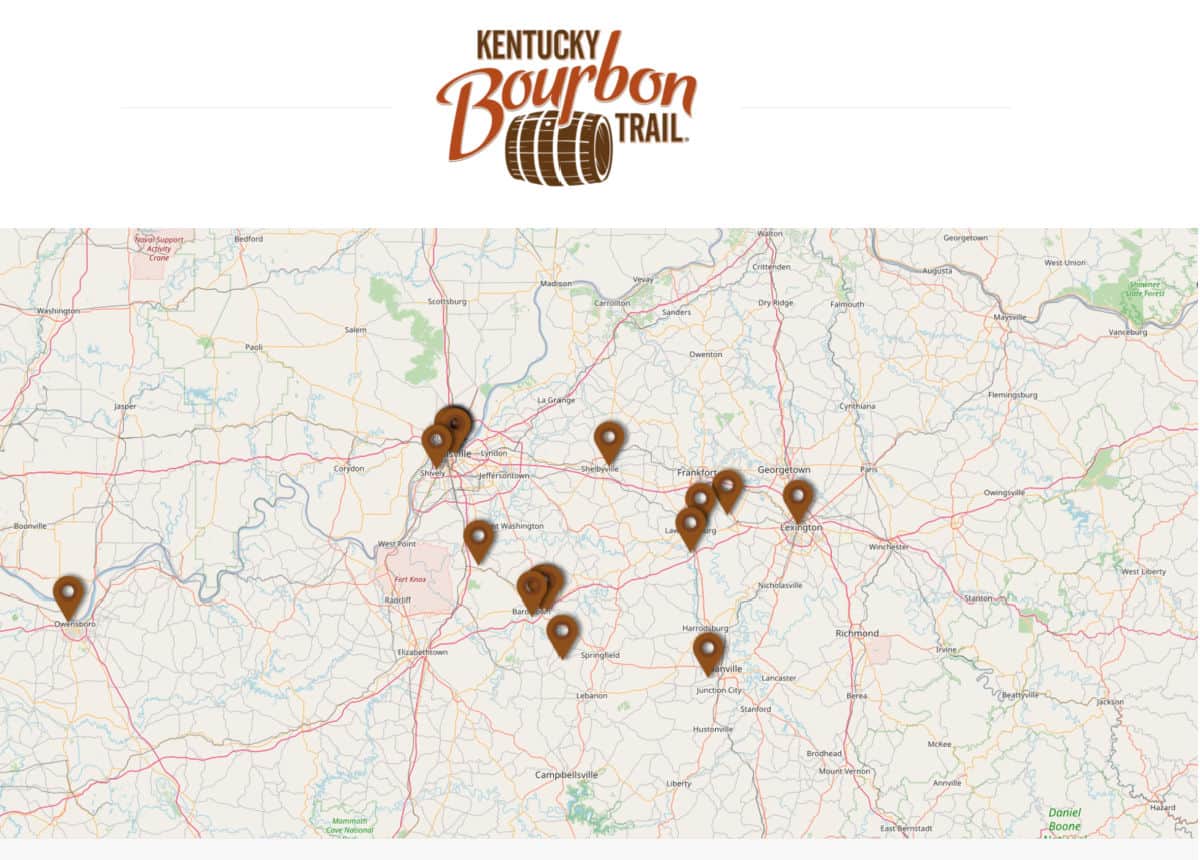
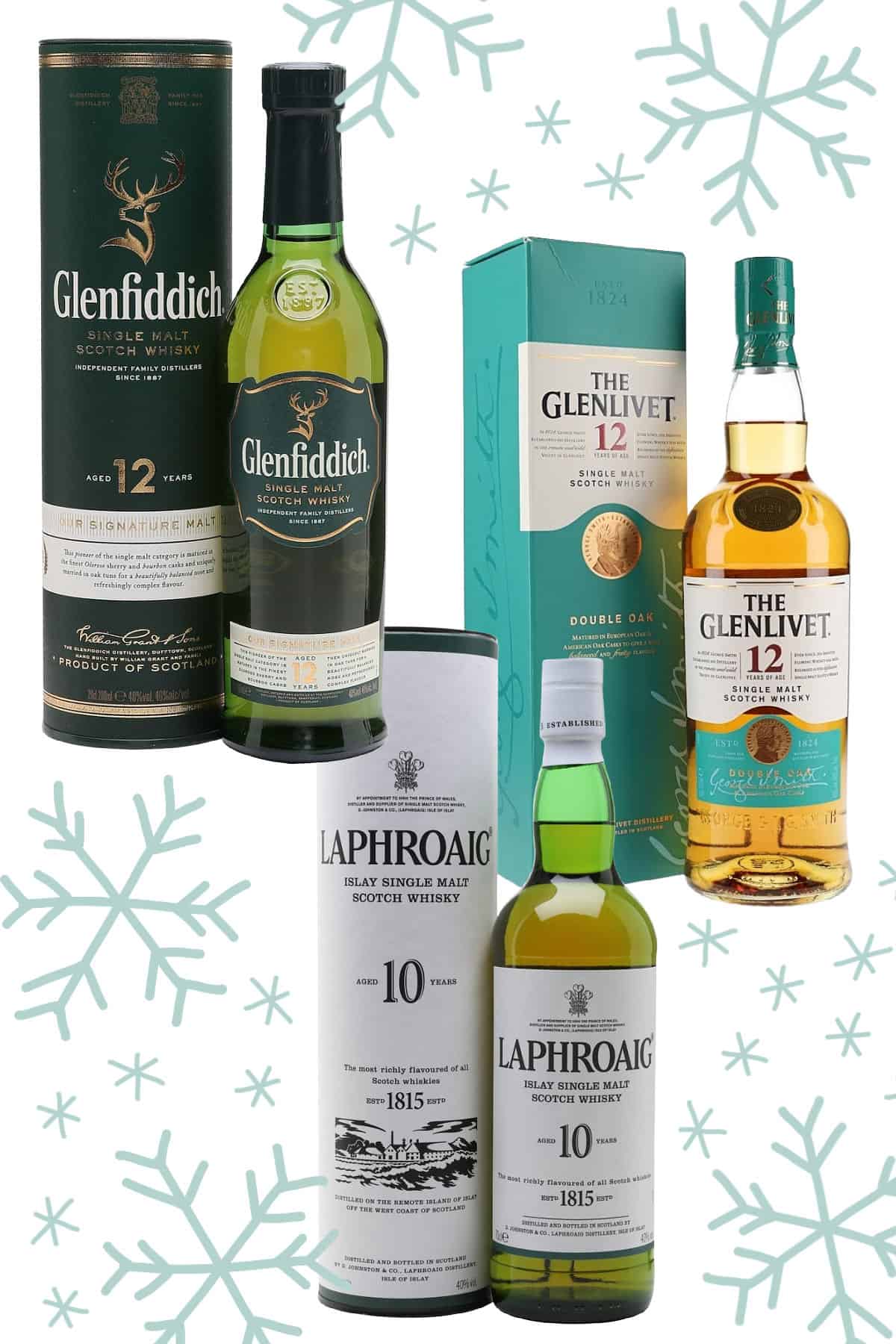
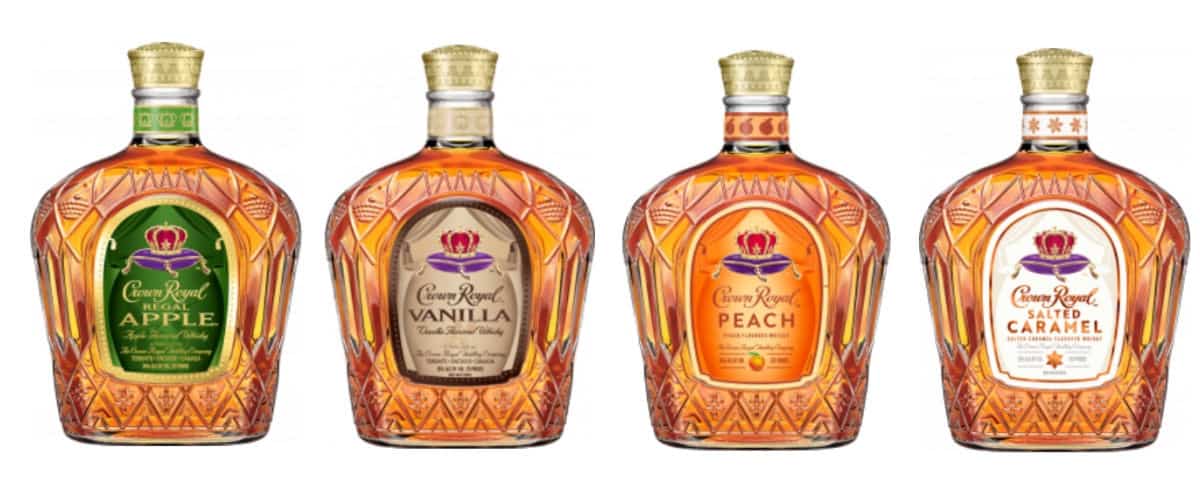
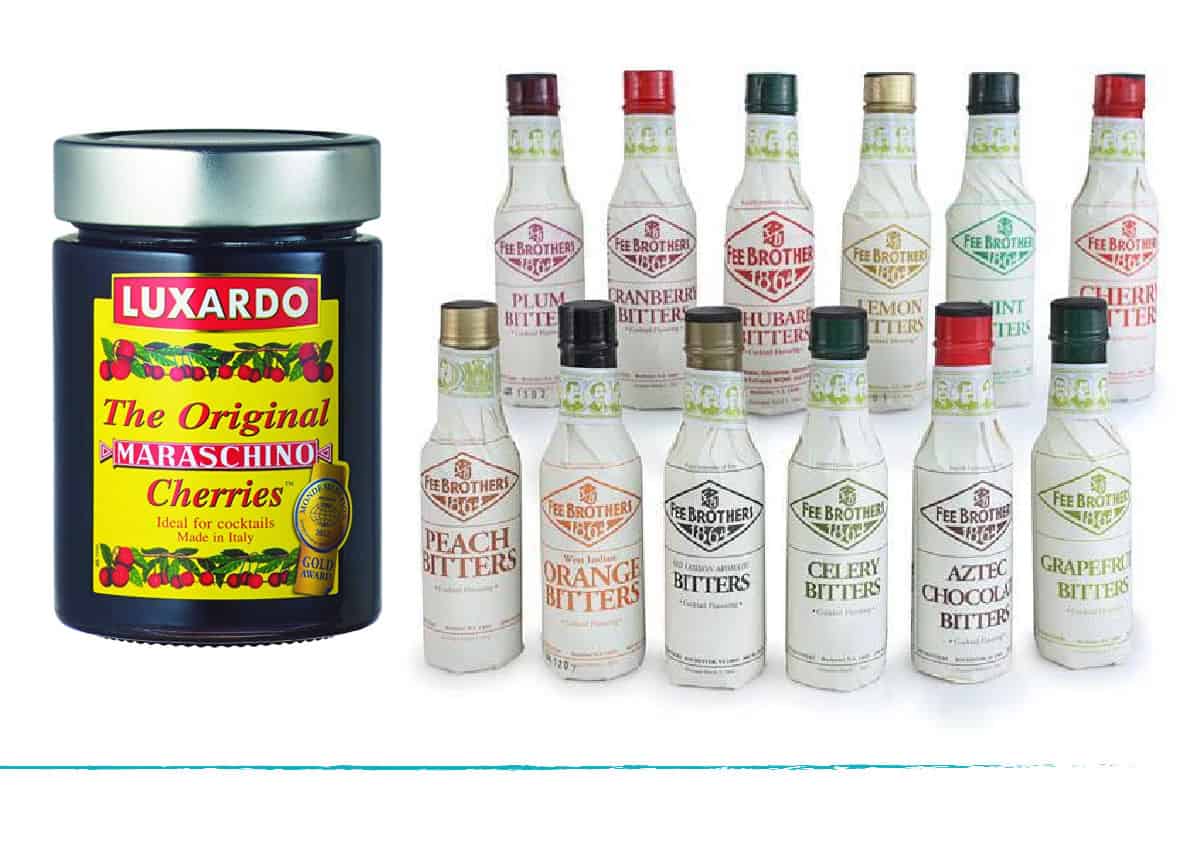
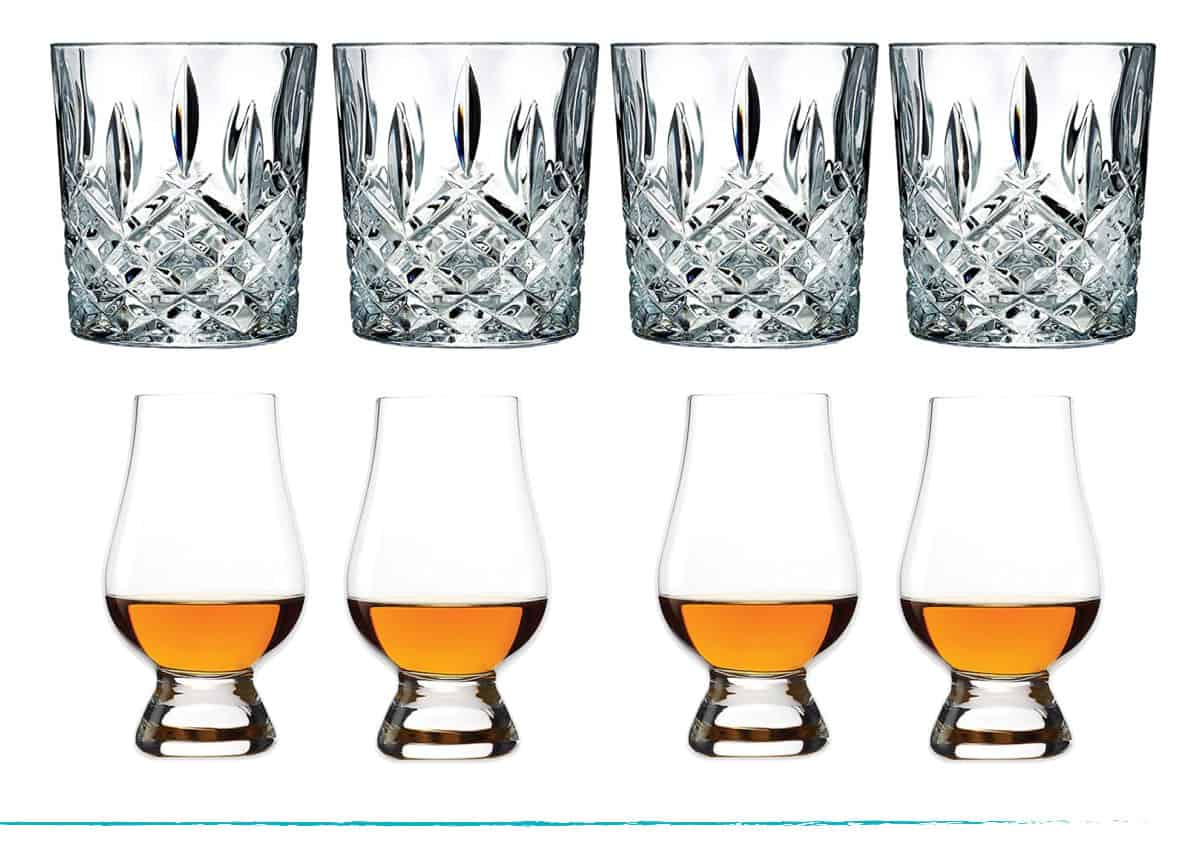
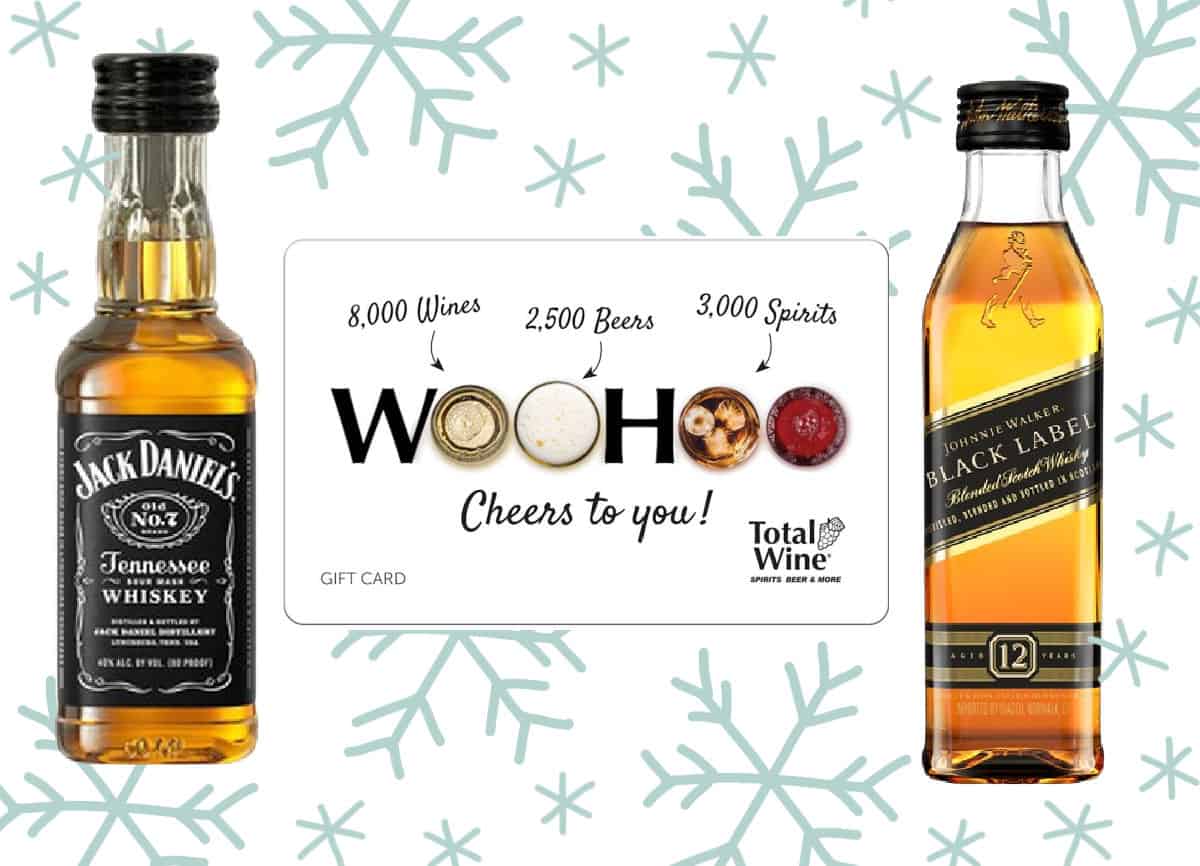
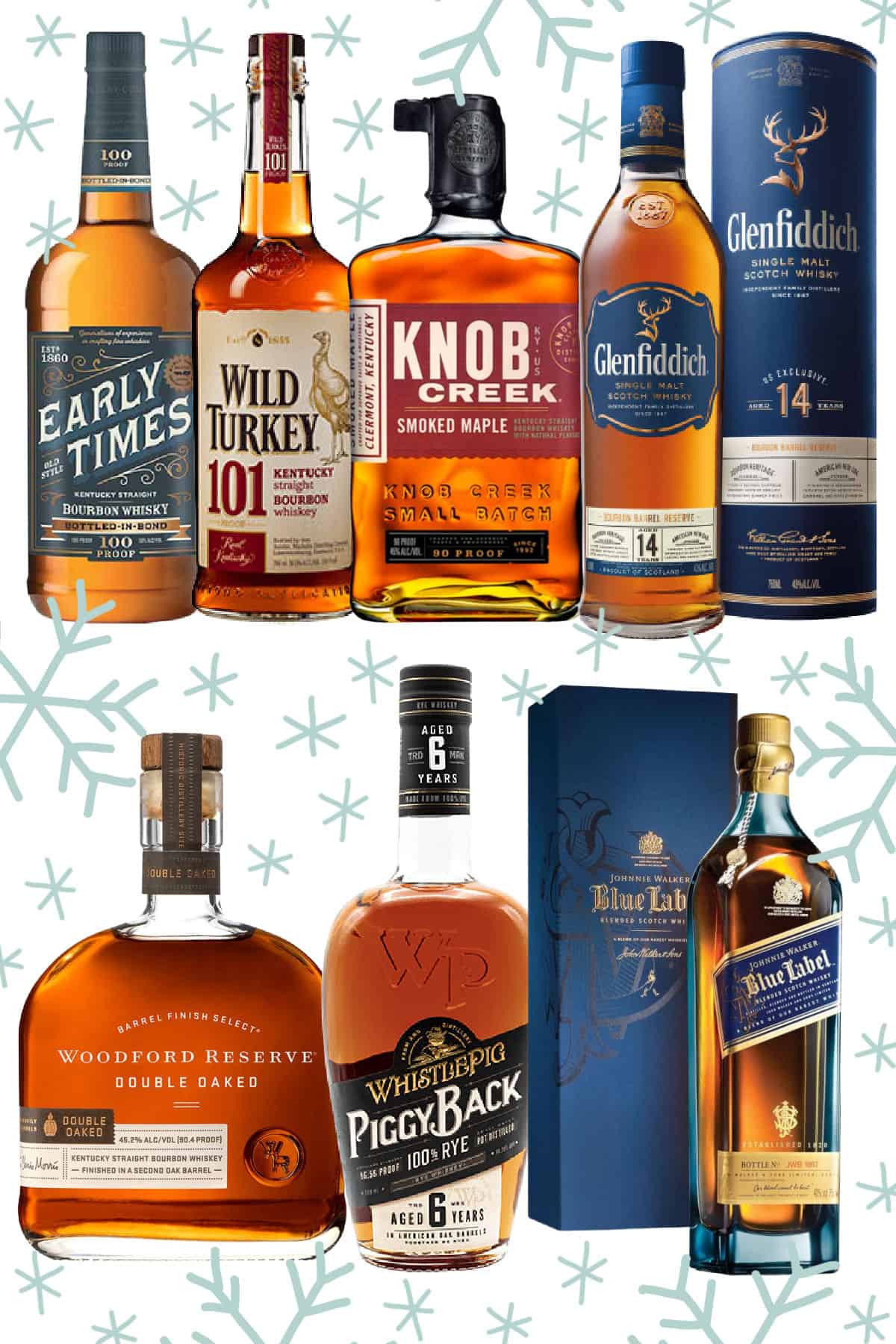
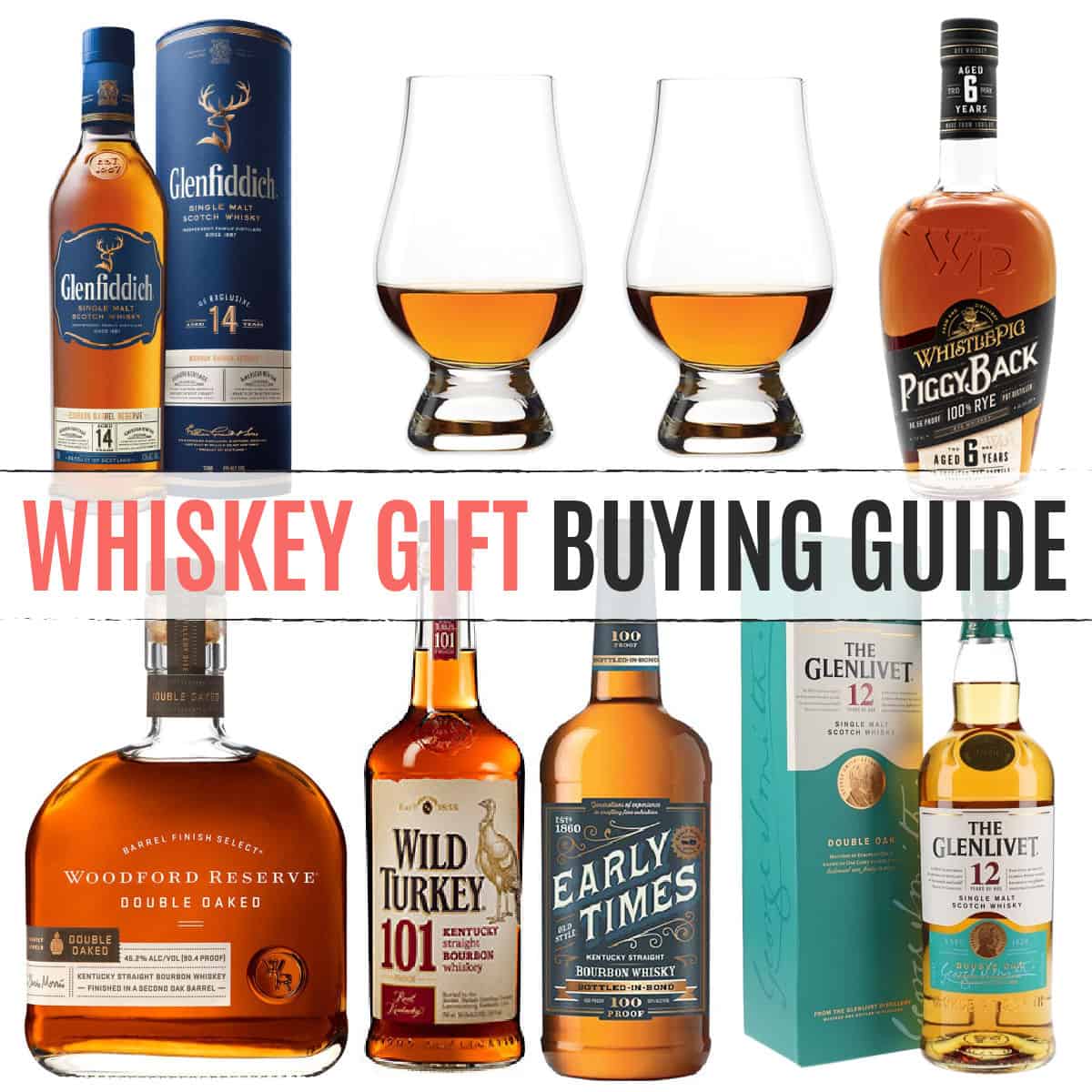


Leave a Reply